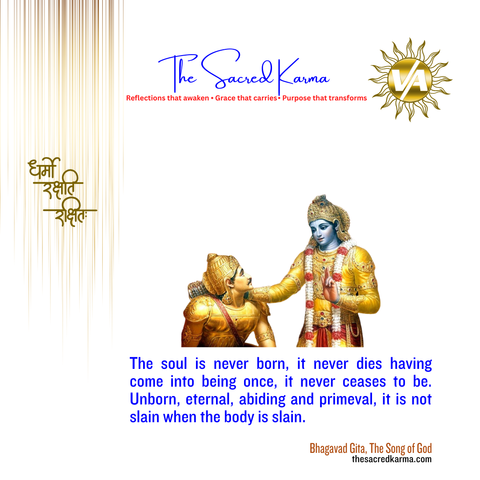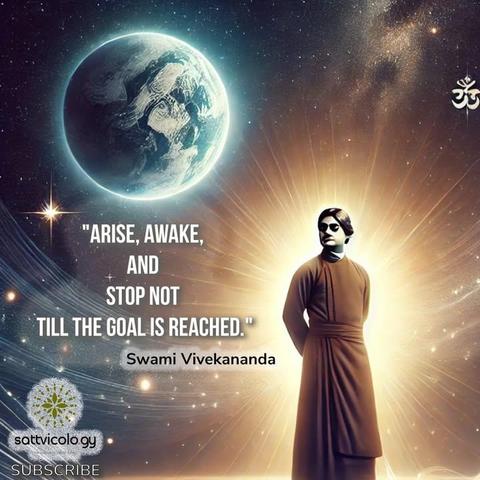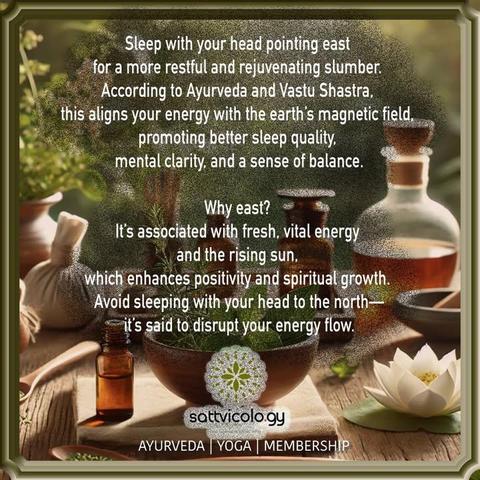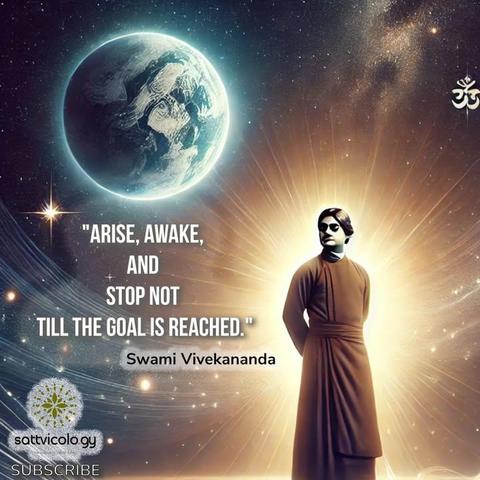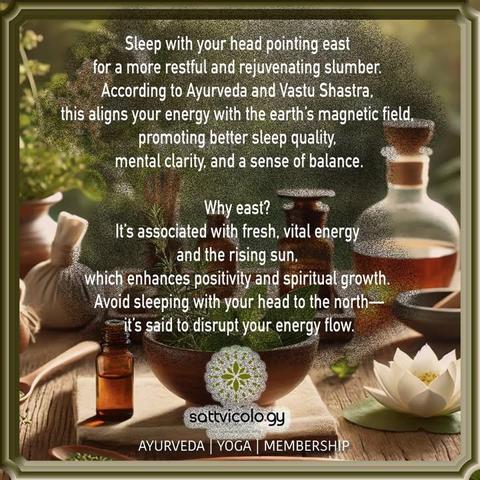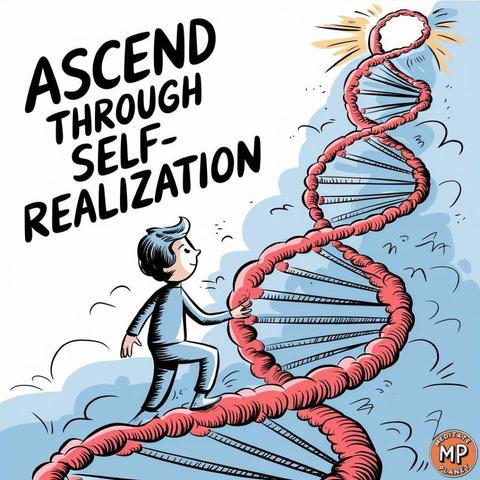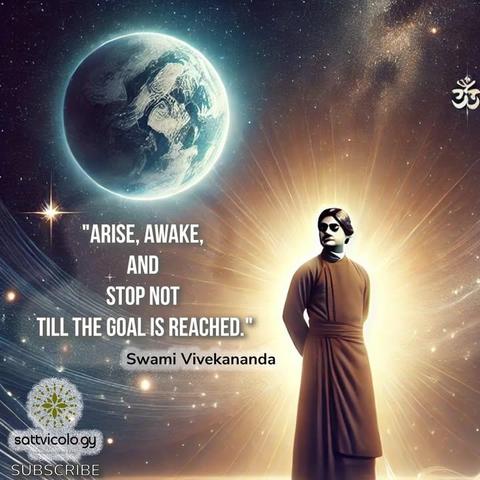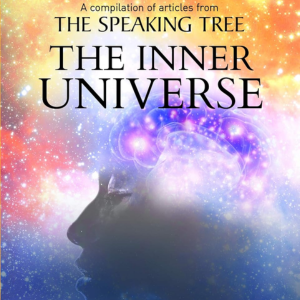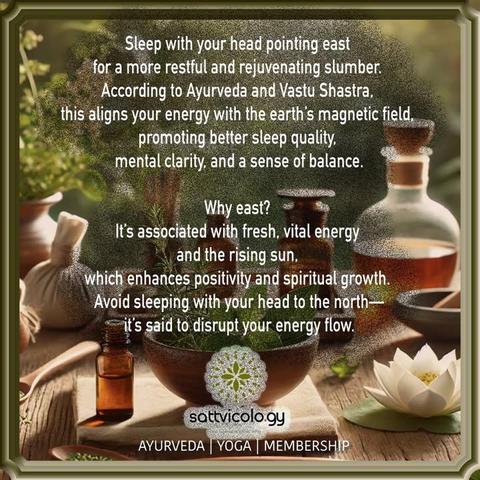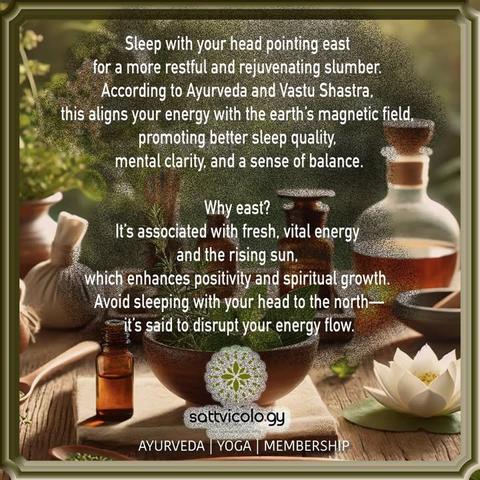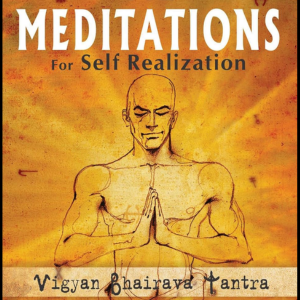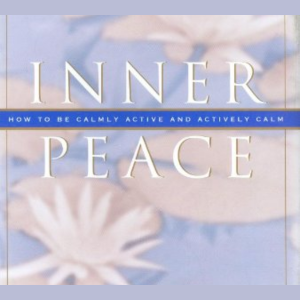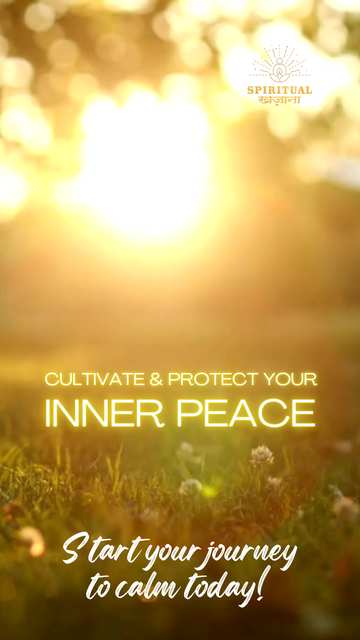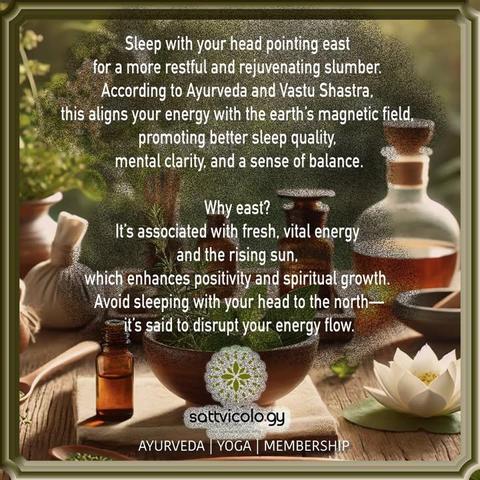The work, Let Compassion Heal the Hurting World (2006), asserts that the world's pervasive challenges—poverty, conflict, disease, and environmental degradation—are rooted not only in material conditions but, fundamentally, in a spiritual void: the lack of reconciliation between humanity's material and non-material lives. Contextualizing this within his broader call for systemic change, Sfeir-Younis argues that the key to genuine healing lies in cultivating the profound experience of human self-realization and compassion, which he defines not as mere material generosity but as a natural state of being and a pivotal central value for public policy and global decision-making, urging an urgent, collective and individual self-reflection to spread this transformative power before the opportunity for love and peace is lost.
🔗 https://www.neljorsa.com/let-compassion-heal-the-hurting-world/
#CompassionHeals #SpiritualTransformation #SelfRealization #CollectiveHealing #MaterialNonMaterial #PublicPolicyEthics

